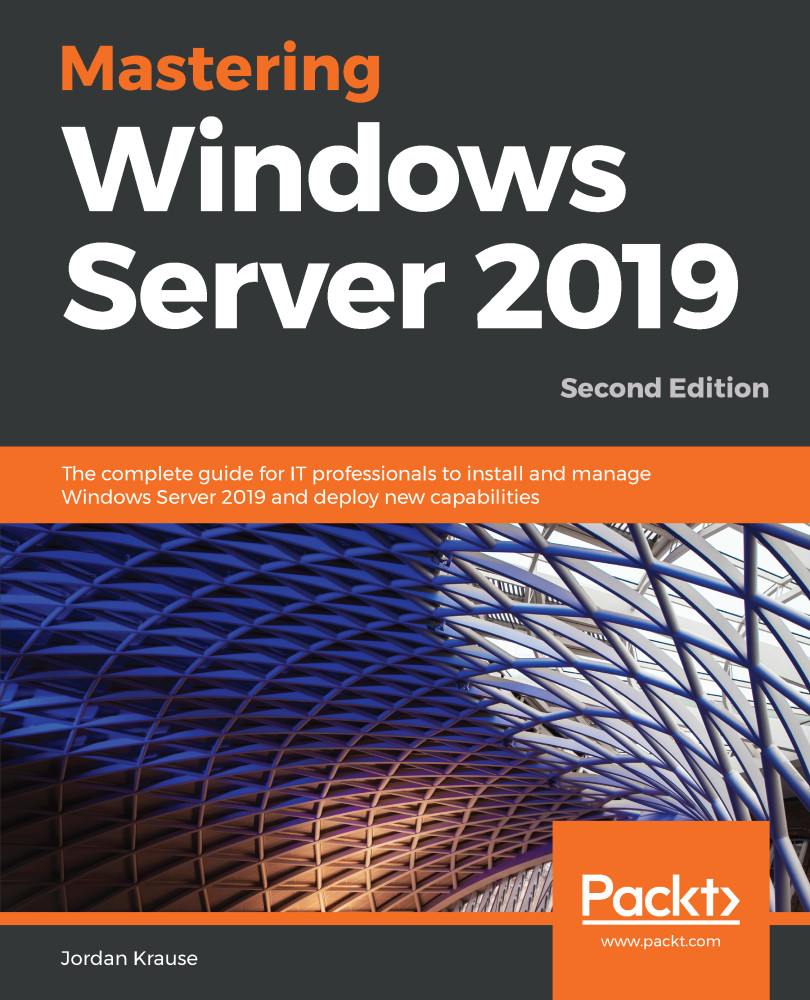I'm really not sure how or when it happened, but we are almost at the year 2020! In fact, part of me really wishes that Microsoft had held out on releasing this new version of Windows Server, just so that we could call it Server 2020. Alas, we will have to make do with the far less exotic sounding Server 2019. How amazing to look back and reflect on all of the big changes that have happened in terms of technology over the past 20 years. In some ways, it seems that Y2K has just happened and everyone has been scrambling to make sure their DOS-based and green screen applications are prepared to handle four-digit date ranges. It seems unthinkable to us now that these systems could have been created in a way that was so short-sighted. Did we not think the world would make it to the year 2000? Today, we build technology with such a different perspective and focus. Everything is centralized, redundant, global, and cloud-driven. Users expect 100% uptime, from wherever they are, on whatever device that happens to be sitting in front of them. The world has truly changed.
And, as the world has changed, so has the world of technology infrastructure. This year, we are being introduced to Microsoft's Windows Server 2019. Before we know it, we will be sitting in the year 2020. We are now living in and beyond Doc and Marty's future. My kids have actually ridden around on something called a hoverboard, for crying out loud!
From a user's perspective, as a consumer of data, backend computing requirements are becoming almost irrelevant. Things such as maintenance windows, scheduled downtime, system upgrades, slowness due to weak infrastructure—these items have to become invisible to the workforce. We are building our networks in ways that allow knowledge workers and developers to do their jobs without consideration for what is supporting their job functions. What do we use to support that level of reliability and resiliency? Our data centers haven't disappeared. Just because we use the words "cloud" and "private cloud" so often doesn't make them magic. What makes all of this centralized, "spin up what you need" mentality a reality is still physical servers running inside physical data centers.
And what is it that drives the processing power of these data centers for the majority of companies in the world? Windows Server. In fact, even if you have gone all-in for cloud adoption and host 100% of your serving resources in the Azure Cloud, you are still making use of Windows Server 2019. It is the operating system that underpins all of Azure! Server 2019 is truly ready to service even the heaviest workloads, in the newest cloud-centric ways.
Over the last few years, we have all become familiar with Software-Defined Computing, using virtualization technology to turn our server workloads into a software layer. Now, Microsoft is expanding on this idea with new terms such as Software-Defined Networking, and even an entire Software-Defined Data Center. The technologies that make these happen allow us to virtualize and share resources on a grand scale.
In order to make our workloads more flexible and cloud-ready, Microsoft is taking major steps in shrinking the server compute platform and creating new ways of interfacing with those servers. There is an underlying preference for new Windows Servers to be running the smaller, efficient, and more secure Server Core interface. Additionally, application containers have made huge advancements over the past year, and Server 2019 now allows us to transition our applications into containers in order to run them in isolation from each other and on a mass scale. We also have new centralized management tools for administering our servers and networks, namely, the brand new Windows Admin Center that we will be discussing in the forthcoming pages.
Let's take some time together to explore the inner workings of the newest version of this server operating system, which will drive and support so many of our business infrastructures over the coming years. Windows servers have dominated our data centers' rackspaces for more than two decades. Will this newest iteration in the form of Windows Server 2019 continue that trend?


